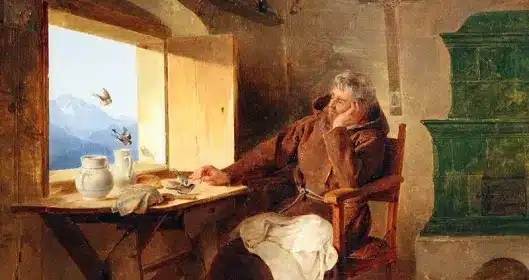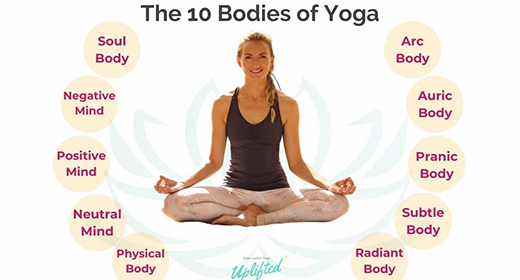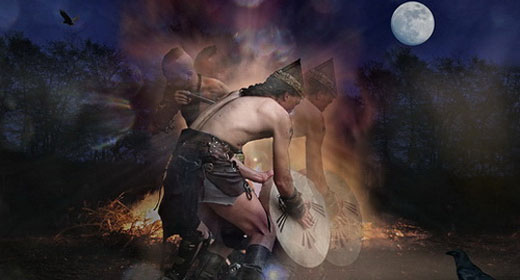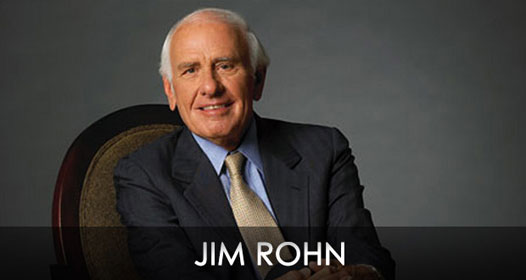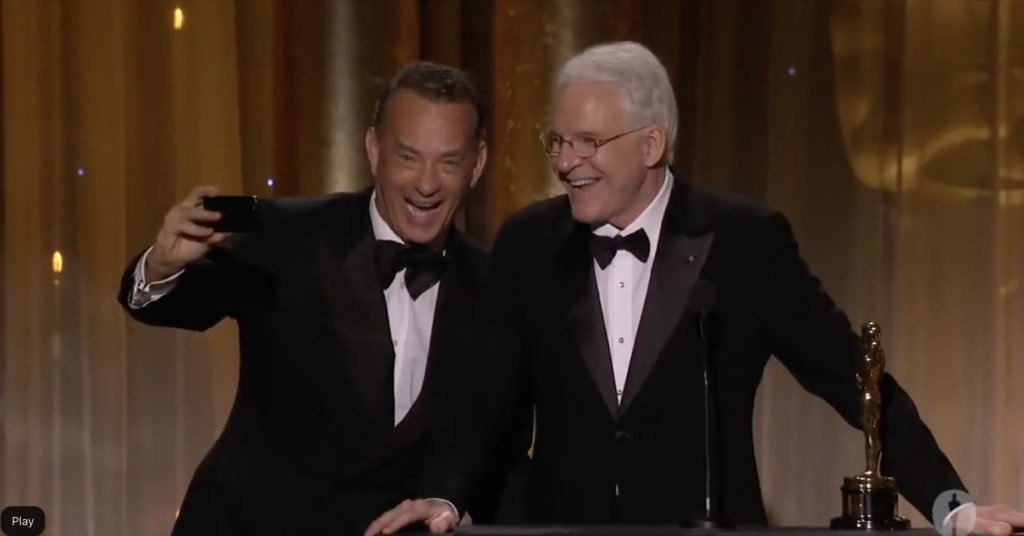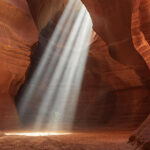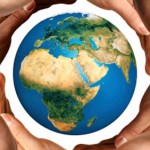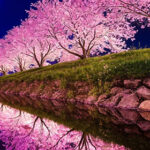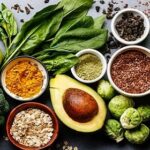Donna Quesada: How did you come to this path, Lama Palden? As a Tibetan, you have all of these unbelievable title appendages.
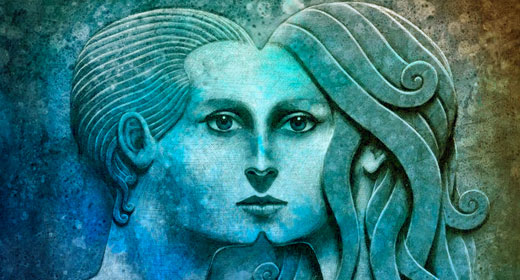
The first, or the youngest Lama… Firstly, are you the youngest, or the first female… What is your lineage? Describe your lineage…
Lama Palden: No, I’m not the youngest or first, but I was one of the first female, western Lamas, for sure. And this happened… I’ve always been very interested in all mystic traditions. And in all spiritual traditions. And I have been that way since I was a child. I was studying and doing yoga, and a lot of different spiritual practices. And then, I started praying to meet my teacher because I just felt like I needed to meet my teacher. So, eventually, at that point, a friend dragged me out to see Kalu Rinpoche. And I was not a Tibetan Buddhist, but within five minutes of meeting him, I knew that this person was my teacher. And that remained unmoving for forty years. Over forty years. So, then I thought, whatever he is, he’s Tibetan Buddhist… that must be fine. And then, I went to India to study with him, and that’s how I got involved. Eventually I went to a retreat, and then it ended up that I became a Lama after that. It was not really… I never expected, or thought about that. Never even in my mind, but eventually, it happened. Yeah.
DONNA: Wow. Well, I share that with you. That hunger for spiritual upliftment and the appreciation of different paths. And further, finding that they all do really speak, in a sense, the same truth. Just different traditions and different ways of getting there.
LAMA PALDEN: Yes. My teacher always used to say that, “all religions and spiritual teachings sprung from an awakened mind.” And in their essence, are all completely pure. And so, they are rising up in different times and places to meet the needs of human beings.
DONNA: Let’s go deep for a moment. The Tibetan tradition is so full of deities. So exotic… and as I mentioned, coming from the Zen tradition, which is so sparse in so many ways. I always found it to be very colorful. Very multi-faceted, with all of their gods. And I know that some of that is from the existing Bon tradition that was in Tibet first… the incorporation of many of those gods. Can I just come in heavy for a moment? What is God?
LAMA PALDEN: So actually, none of those are Gods. That’s a mistranslation. There are no deities, or Gods, in Tibetan Buddhism.
DONNA: Oh. Let’s talk about that.
LAMA PALDEN: That’s a mistranslation. Actually, awakened being is a better term. Those beings are various beings, that either in human history… were fully awakened, like Shakyamuni Buddha, or other beings. Or, they are primordial Buddhas, or energies, like Chenrezig, who’s been a Bodhisattva for countless ions. So again, many beings have awakened throughout history. Shakyamuni, in a Buddhist point of view, must be the fourth Buddha, and there are supposed to be a thousand to come on this planet over many, many thousands of years. These beings have just awakened, or are in the process of awakening. That can be guides, mentors, friends, links to us… to transmit to us awakened presence… so that we can begin to feel and connect with who we truly are.
DONNA: Thank you for that, and…
LAMA PALDEN: Let me just say one thing that is important for people, I think. Awakening is a unique process. There are hallmarks that are there… signposts. It’s a very unique process, so as each of us awakens, we awaken in our own form. That’s why you have, say, Medicine Buddha, or Green Tara, or a very fierce awakened being. Or, a very sensual awakened being. It’s not like we all become little robots and we are all exactly the same. Our unique qualities… our unique gifts of who we are, as we awaken and fully blossom.
DONNA: That’s beautiful. So, it allows, or gives us room to be the multi-faceted beings that we are, even in the process of awakening…
LAMA PALDEN: Exactly. And this comes in really strong with the female Buddhas, who are both wise, compassionate, loving, peaceful, and can be fierce And direct, and also sexual and sensual. So, that again, is saying that all of this is primordially pure. All these facets of who we are, when we come to understand the deeper truths.
DONNA: I love that because so often, we have the misconception… and please correct me if this is inaccurate, especially in the west, that the holy takes on a certain guise, which is not inclusive of those other aspects of our being, which might be shadow side.
LAMA PALDEN: And when we don’t include or relate consciously with the totality of who we are, then certain aspects of who we are get delegated to the shadow. Say, for example, we think that our sexuality isn’t pure… isn’t spiritual. Or,our anger… same way we think our anger isn’t, and we just ignore it and try to push it away… or, submerged into the shadow. They do not liberate there. They just stew there and cause trouble and erupt at some point. So, I feel we have to consciously relate to the totality of who we are. And see that all these inherent energies are completely fine and pure and we just have to relate consciously with them—to work with them in skillful ways.
DONNA: That’s one of the differences between eastern and western approaches. In the west, we have, too often, that kind of marginalization of the bad stuff. We are not supposed to feel that stuff, and so we push it into the margins. And in a way, it seems that the repercussions of that are dysfunction.
LAMA PALDEN: Yes. It really erupts, as we see. It doesn’t go away. But, I think it is probably equally in the west and in the east. If you look at China and Japan, they are very stratified. Very particular cultures, where you have to behave in certain ways. And,even in India, although it’s quite different in a lot of ways… there are very specific codes within the culture, regarding how you behave. So, I think this is really a human phenomenon.
DONNA: Interesting point. So, it’s like the memo didn’t make it across the board… that it’s okay to be truly, fully, and completely human, in all of our multi-faceted brilliance.
LAMA PALDEN: And that brings up this point that I think our spirituality evolves over time. Not that we want to get up and out of here, and leave the planet earth, and leave being a human being, and ascend to something higher. Not that, but I think we are coming into a truly in-depth spirituality these days, and there have been traditions all along, that pointed to this… where we embody the totality of who we are.
DONNA: Imperfectly perfect. One of the traditions of the Tibetan practice that you talk about in your book is tonglen. And I know for people who have just heard about this technique in maybe a cursory way, are bewildered by it, or maybe even freaked out by it because the idea of breathing in all of that bad stuff and breathing out the blessings… That’s maybe how it’s improperly understood. But this is a big part of what you talk about in your book. Could you explain tonglen, and if your method is a variation of that? Breathing in one thing and transforming it…
LAMA PALDEN: So, yes. Love on Every Breath is a form of tonglen, given by the wisdom from the dakinis Niguma and Sukhasiddhi, from the 11th Century, in Kashmir, and was an awakened Buddhist teacher. So, she gave this variation of tonglen, and it’s different than the regular tonglen that’s usually taught, in that, as we already talked about, we call on the Bodhisattva of compassion, an awakened being, to be with us. And that helps us move into doing the tonglen from a place of awareness, compassion, love, and kindness. Not just from within our ego consciousness. So, we can also bring that loving awareness to our own human self, as well as to all others.
DONNA: Okay, and so, it’s that practice that you break down into eight steps…
LAMA PALDEN: I’m sorry but I’m going to have to break for one sec.
DONNA: I’ve got two little terriers running around, too. I think one may have been in the camera at one point. I’m not sure. I used to have a smaller poodle, like yours.
LAMA PALDEN: Oh, I have a standard, yeah.
DONNA: Something that we talk about on Awaken is the imbalance of masculine and feminine energies. I’m wondering if you can speak to that. Maybe from a Buddhist perspective, or otherwise… and how this is or is not at root… in terms of the global problems that we face today. In other words, has there been too much masculine energy in the world, and is that a part of our global problems?
LAMA PALDEN: Well, personally, I think so. And as we know, men have been running everything for thousands of years and there is imbalance in that. From a Tibetan Buddhist point of view, all of us have the female and masculine energies within us. And it’s a question of both of those, in healing and awakening and being in union. This is also when we see the iconography of female and male in Buddhism… union. This is symbolizing bringing our own innate female and male energy into full and complete awakening. Liberation. The flowering of all the qualities of each of them and into harmonious union.
DONNA: And as I understand it, that’s the proper way to think about Tantric. Another word that is so often misunderstood.
LAMA PALDEN: The union… Tantra is a path of continuum of unity. And the union, really, of these energies inside of ourselves. But again, that full bringing into actualization and of awakening. And yes, the Tantric path also employs a lot of different methods, like the Love on Every Breath, where you are using the breath… where we are aware of our subtle body. We are engaged in visualization, and we are imagining different things. We engage in mantras. And so, this kind of very active meditation is a Tantric Buddhist method of practicing.
DONNA: Now, you had an early experience, and I’m wondering if you wouldn’t mind sharing it because it was so inspiring… of Jesus. And it had to do with that healing white light. Was this a form of visualization? Was this an actual experience? Would you mind sharing this because I think it goes far in terms of surpassing the religious traditions and kind of demonstrating that it’s everything… There is no one religious tradition. It’s everything.
LAMA PALDEN: I’ll tell that story, and I told it in the book to help illustrate how connecting with divine presence is what humans have reached out for, for over countless millennia, and that there is healing that is available in that way, and in a very felt sense. So, yeah, when I was a child, I was raised in a Christian family in a church in northern California and I was taught that Jesus was all, complete love. Like wisdom love… presence. And so, when I was seven and I was visiting a friend in my neighborhood, and we were in her brother’s room… he was 15 at the time… at one point, out of the blue, he asked us to pull down our pants. We were just young and innocent and did it. And he put his hand on my vulva. And as soon as that happened, I felt like this kind of defilement. I didn’t have that word, but I felt some dirty or negative thing. I instantly pulled up my pants and ran out of the room and went home. And later, I just felt like something had stained me, like dirtied me, or something. I just didn’t feel right.
So, because I had been told about Jesus and everything, and had a good feeling about him, I called upon him to be present with me. And this is where imagination can lead to actual experience because Jesus is a divine being. And they say in Tibetan Buddhism, that awakened beings… divine beings…always come immediately when we call upon them because they have infinite compassion and love and they have no restriction…. what they do or where they go.
So, their energy, their presence can be with us. And then every night before I went to bed, I called upon Jesus, then I asked for healing and I imagined that from his hand… a river of white light of healing energy came from him into me… down into me, and filled my whole body and filled it with light and healing. And I did that every night for a long time. And it felt beyond mind. It felt like I did it for about a year.
And then at that point, one day, I noticed that there was no feeling of being dirty anymore. It was just this feeling of being completely healed and that I was no longer stained in that way. And I felt back to my self and just really good. And so, I thanked Jesus very much and… for coming. And that was that. So, it was a very profound experience of reaching out and then receiving that love and healing. I think that if we do that with a really open heart. The imagination helps us to actually feel it.
DONNA: It is such a beautiful and inspiring story. Truthfully, it stayed with me. Being filled with that healing white light. And so, I thank you for sharing that.
LAMA PALDEN: And this is what’s happening in the Love on Every Breath. We are filling with this light and then this light is residing very powerfully in our heart chakra. And I go into that in more detail in the book. But the light in our heart is both the symbol and the actual presence of awakened mind… that is inseparable from everything. And so, when we breath in the suffering, it’s the awakened mind that instantly transforms that suffering into love and into white light. And then, that love fills whomever we are doing the tonglen for. Whether it’s ourselves or another.
DONNA: That’s beautiful. Something you said reminded me of something that Byron Katie, who I had the pleasure of talking to, said. She says the distinction between the mind and the heart is itself illusory and may the mind have a home in the heart. I hope I’m getting that right. But I thought that was so beautiful because when we come down into that heart centered consciousness, it really does transform our perspective.
LAMA PALDEN: Yes, and it’s interesting that in the east, for the Himalayan peoples… the Tibetans and Bhutanese and people there… they think… and I’m not sure how many other countries this extends to in Asia, but they think that their mind is in their heart and that’s how they experience their whole life. One of the Tibetans told me that he was raised in western school and so he thought his mind was in his head and then he was recognized as a high incarnation by the Dalai Lama, and he told me he had to retrain his consciousness to be actually in his heart, instead of in his head
Read and Watch Part III Here: Awaken Interviews Lama Palden Pt 3 – Love On Every Breath
Read and Watch Part I Here: Awaken Interviews Lama Palden Pt 1 – Discover Our Unchanging Nature
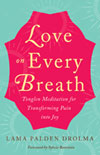 Lama Palden is the author of Love on Every Breath. A licensed psychotherapist, spiritual teacher, and coach, she has studied Buddhism in the Himalayas with some of the most preeminent Tibetan masters of the twentieth century. Following a traditional three-year retreat under his guidance, Kalu Rinpoche authorized her to become one of the first Western lamas. She subsequently founded the Sukhasiddhi Foundation, a Tibetan Buddhist teaching center in Fairfax, California. Visit her online at http://www.lamapalden.org.
Lama Palden is the author of Love on Every Breath. A licensed psychotherapist, spiritual teacher, and coach, she has studied Buddhism in the Himalayas with some of the most preeminent Tibetan masters of the twentieth century. Following a traditional three-year retreat under his guidance, Kalu Rinpoche authorized her to become one of the first Western lamas. She subsequently founded the Sukhasiddhi Foundation, a Tibetan Buddhist teaching center in Fairfax, California. Visit her online at http://www.lamapalden.org.

